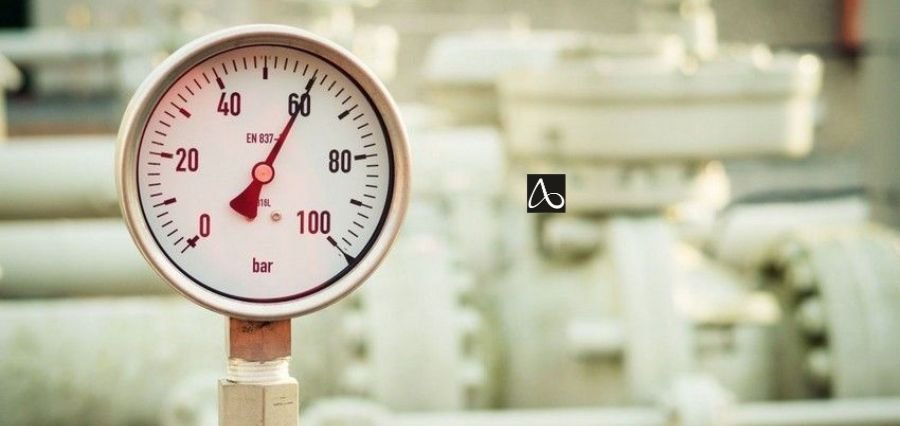Prime Highlights
- Middle East and Africa gas demand to rise by 3.5% in 2026, as industrial and power sector expansion stimulates demand.
- LNG output to rise by 7% across the world, with major capacity additions taking place in Qatar and the US.
Key Facts
- Asia to dominate world gas demand growth in 2026, accounting for close to 50% of the growth.
- Middle East contributes 25% of worldwide LNG supply, with regional production rising by 15% since 2020.
Key Background
The International Energy Agency (IEA) is expecting robust recovery and rebound in demand for gas in the Middle East and Africa with an estimated 2% increase in 2025 and a more acute 3.5% increase in 2026. The impetus is due to increased demands in the industrial and power sectors, with the nations in the region continuing to build infrastructure and move towards cleaner burning fuels such as natural gas.
Global gas demand will increase by 1.3% in 2025 before increasing to 2% in 2026. Majority Asian nations will dominate the growth and will provide nearly half of global growth demand. There will be negligible growth in North America and decreasing demand in Europe since there will be more use of renewable resources and stringent pollution norms.
The Middle East is a critical player in the worldwide energy market, producing close to 30% of oil and around 18% of natural gas. It also provides one-quarter of world LNG trade and a considerable percentage of world urea output. The recent short-run disruptions like the temporary closures of Israeli and Iranian gas fields had very little long-term effect due to quick recoveries and ceasefire agreements.
In the years to come, the region is to be the world’s second-largest producer of natural gas by 2025. The transformation will be spearheaded by Iran, Qatar, and Saudi Arabia. Supply of LNG is also set to grow considerably. Qatar, among others, is increasing its LNG output from 77 million tons a year (mtpa) to 110 mtpa by 2026 and its ambition to 142 mtpa by 2030. This would again place the region at the forefront of global energy security.
Read More : Binghatti Reports Record AED 495M Profit in H1 2025, Driven by Dubai’s Luxury Real Estate Boom




